Earlier this year I created a video on the top 10 tropical staple crops. It took me way too long to write and edit, so I hope you find it incredibly helpful.
Let’s run through them here, along with a few notes.
10: Grain Corn
Stick to dent corn varieties in warm, hot climates. Flint corns are better for up north, dent for down south. Corn needs decent soil and plenty of nitrogen, but it’s the best grain for production and processing—much easier to process than small grains like oats, rye, and wheat. You need to nixtamalize it with lime or eat it as part of a balanced diet to avoid pellagra, a niacin deficiency which will really mess you up.
9: Pumpkins/Winter Squash
These are one of my favorite plants to grow. In the tropics, most of the pumpkins grown are C. moschata types, though there are others, too. Pumpkins take up a lot of space, but make big, storable fruit. On the downside, they’re not that calorie dense and it’s easy to get sick of eating pumpkins.
8: Breadfruit
Breadfruit is delicious and productive, plus it’s a tree so you don’t need to plow and plant like you do with annual staples. They are tough trees, though they can’t take any cold. The downside is that the breadfruit come in seasons instead of spread out through the year.
7: Coconuts
So long as you don’t cut through your hand while opening them, coconuts are very good. They are high in good fats and nutrients, grow easily even in terrible soil, and require very little work to maintain. The fronds are also useful for crafts, thatching, baskets, and more. The downside of coconuts is they are a pain to open.
6: Bananas and Plantains
It’s a fruit! No, it’s a starch!
Unripe bananas and plantains can be cooked and eaten like potatoes or fried like chips, making them a good way to fill in the caloric cracks. Though they are non-seasonal, they do produce better in the rainy season unless you keep them watered. And they like a lot of water! They also like a lot of nitrogen. Plant them around the septic tank and you’re golden.
5: Malanga and Taro
Malanga, a.k.a. dasheen, has edible leaves (when cooked ONLY) and tubers (ditto). They like a lot of water and grow like weeds in a drainage ditch or shallow pond.
4: Pigeon Peas
Pigeon peas are a very easy-to-grow nitrogen-fixing tropical staple crop. The dry peas are a good source of protein and the younger peas can be eaten like common green peas. If you have marginal ground, hack holes in it and plant pigeon peas. The downside is that shelling the peas takes way too long. I also find them a bit hard to digest.
3: Cassava
Cassava is a carbohydrate bazooka. It’s productive even in bad soil and has roughly twice the calories of white potatoes. Unfortunately, it’s almost devoid of real nutrition. It’s just a blast of carbs. This makes it great for a crisis, but not good to eat all the time. The leaves are edible when boiled and are nutrient-rich, so it makes sense to eat the leaves and roots together.
2: Sweet Potatoes
Sweet potatoes have edible greens and roots, produce abundantly in a small space, are high in calories and nutrition, and are non-seasonal. An excellent choice for survival.
1: True Yams
Yes, I am prejudiced. Yams (Dioscorea spp.) are my favorite staple crop. The flavor is good, they take almost no work to grow, they’ll live on the margins of a food forest, and they’ll even grow and produce when guerilla-planted in the woods. Grow some—you’ll be impressed.
Conclusion
Any combination of these 10 tropical staple crops could keep you alive in a crisis. I recommend planting more than one of them for variation in diet, plus redundancy. If cassava does badly one year, you’ll still have pigeon peas. If the malanga doesn’t get enough water, maybe the corn will come through. Experiment and see what grows best in your area.
Did I miss one of your favorite tropical staples? Leave me a note and let me know.
David The Good is a Grow Network Change Maker, a gardening expert, and the author of five books you can find on Amazon: Compost Everything: The Good Guide to Extreme Composting, Grow or Die: The Good Guide to Survival Gardening, Totally Crazy Easy Florida Gardening, Create Your Own Florida Food Forest, and Push the Zone: The Good Guide to Growing Tropical Plants Beyond the Tropics. Find fresh gardening inspiration at his website TheSurvivalGardener.com and be sure to follow his popular YouTube channel.
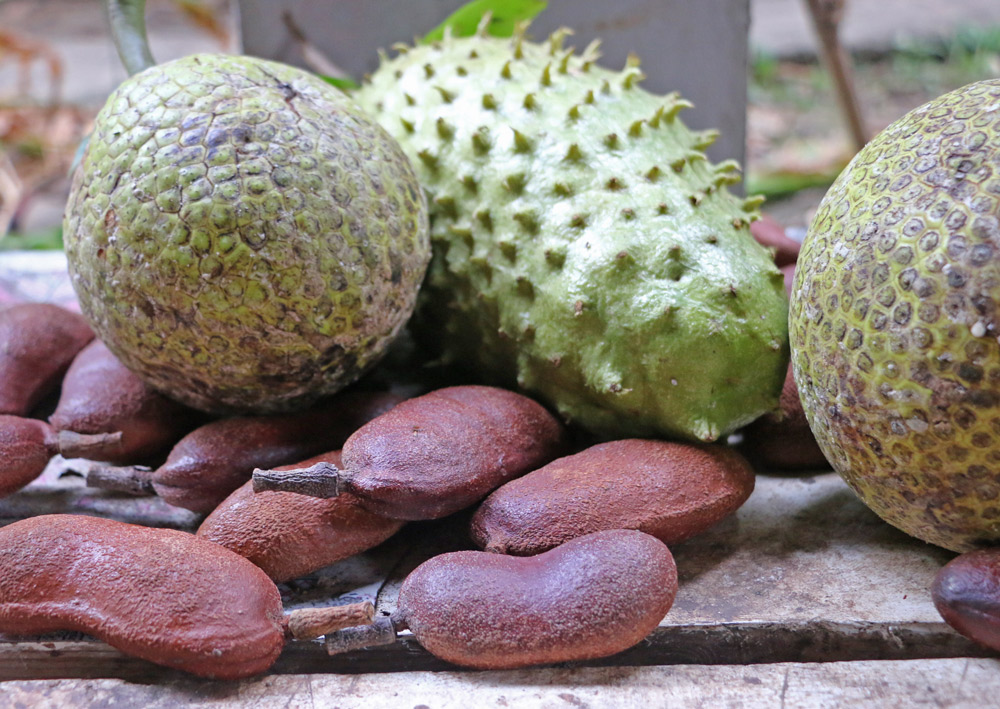
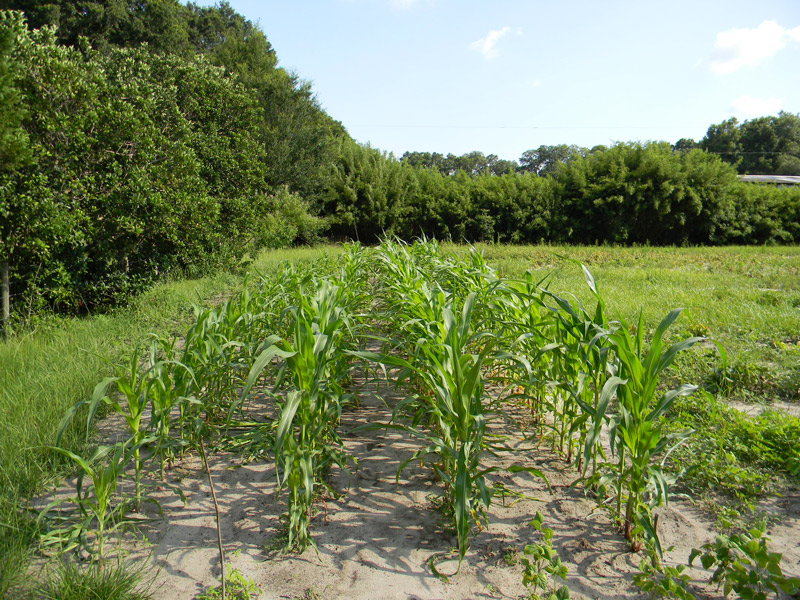
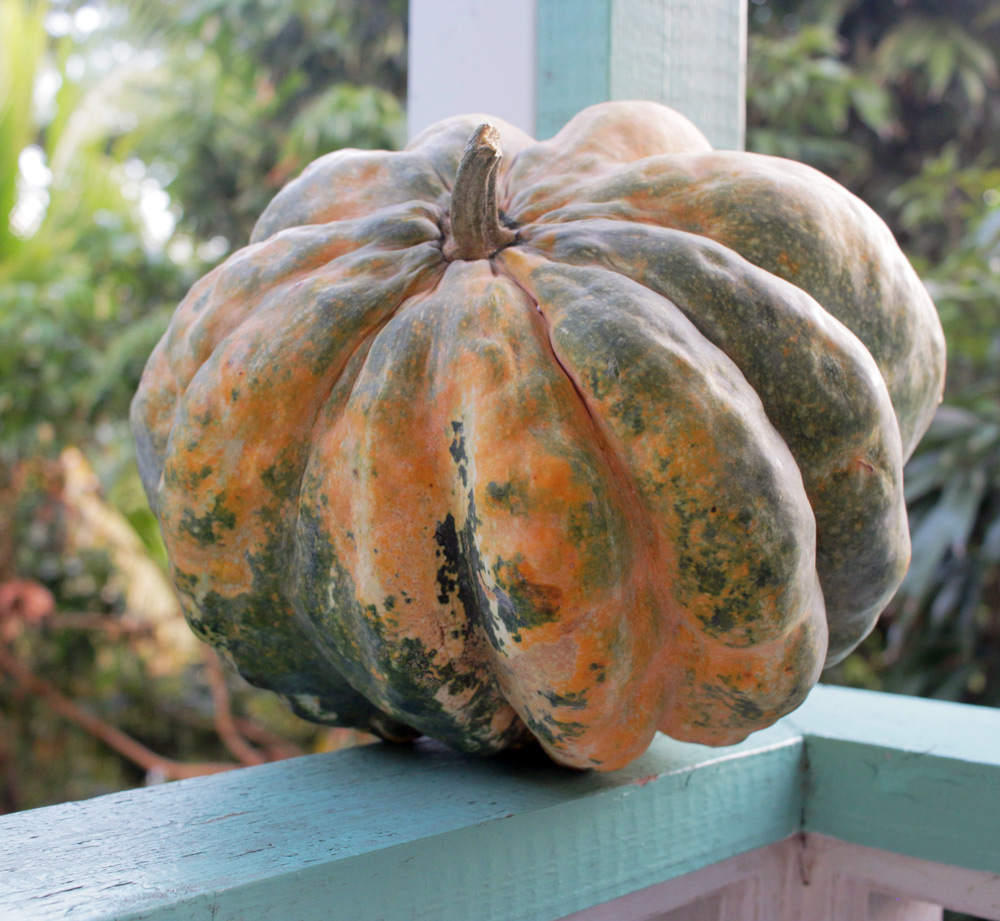
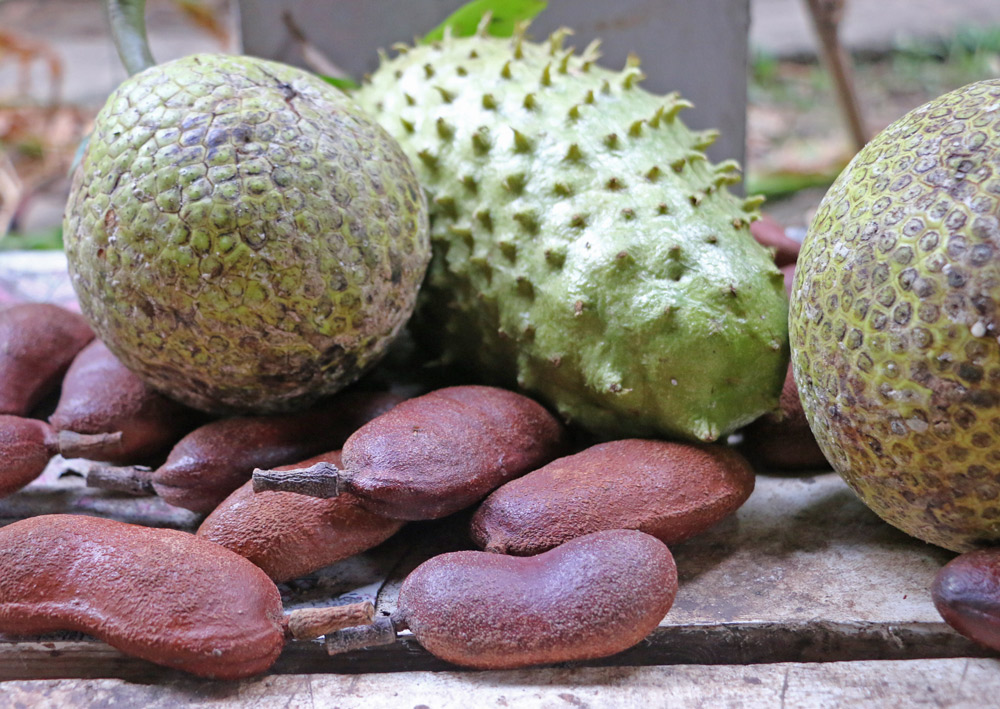
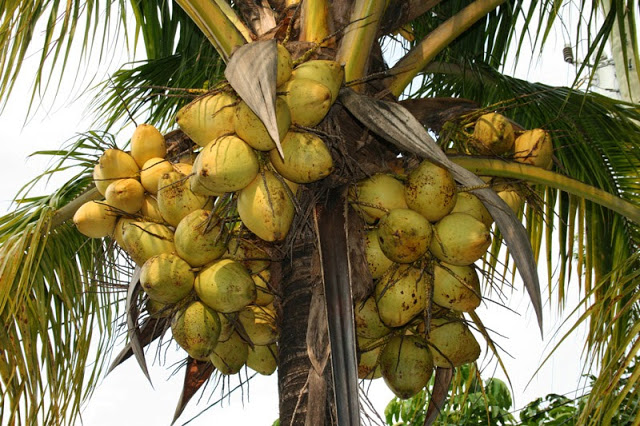
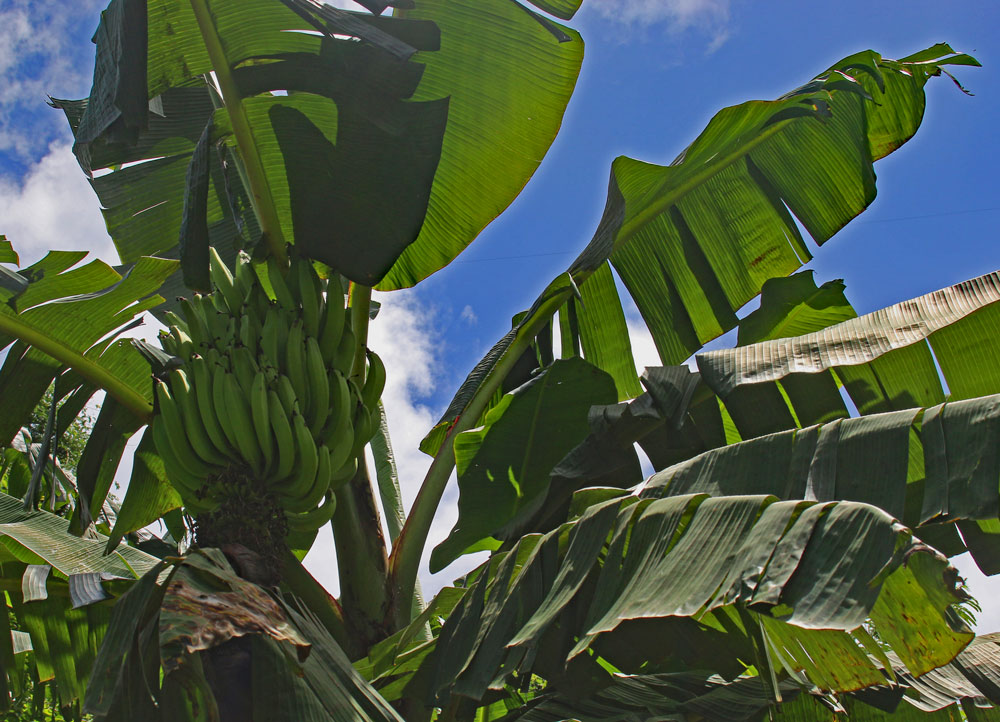
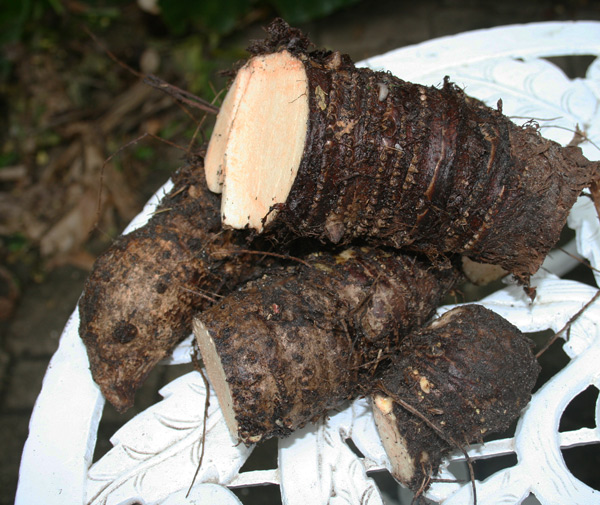
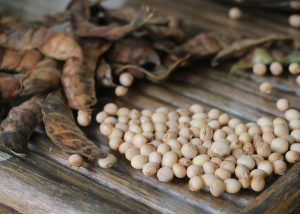
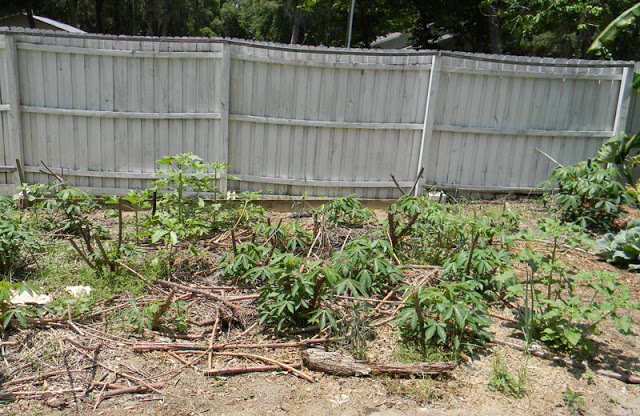
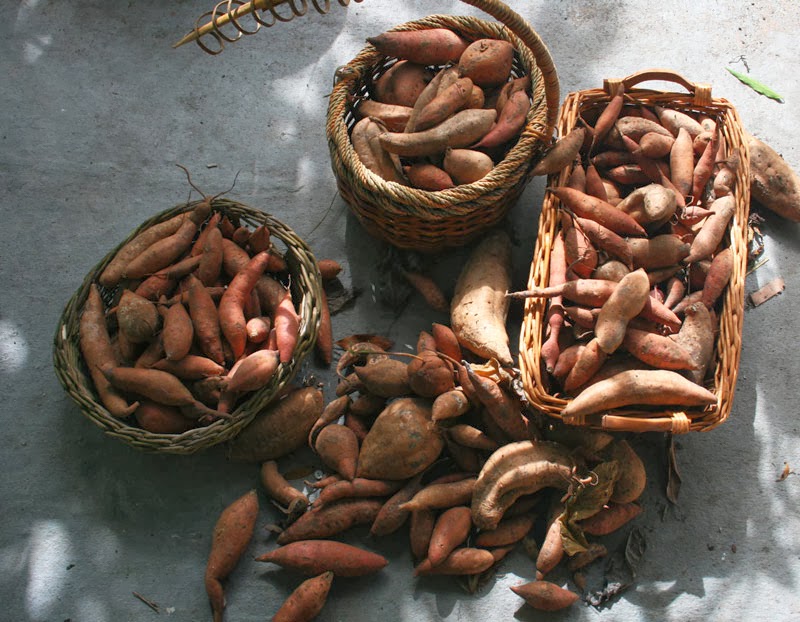
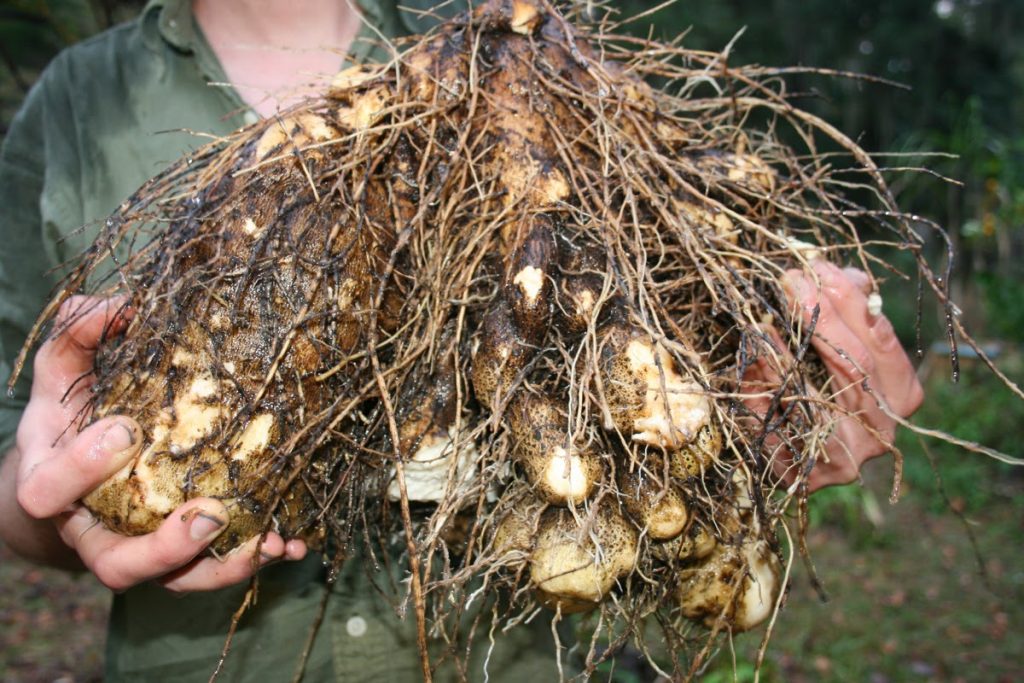








COMMENTS(7)
There are many locations in this country (America) where these “tropical fruits cannot be grown. I believe that more regional varieties are warranted within this list, and not those that need to be imported or require expensive greenhouses to maintain. Aside from that, I enjoyed the video and following notes. How about a “regional look at Staple crops” 🙂
Yes, Willard – this is titled “tropical” on purpose. Last month I covered staples for the north – you should find that more applicable. https://thegrownetwork.com/7-staple-crops-northern-gardeners/
Thanks, David a great article I knew I like it as soon as I saw the stapler!!!
You bet. Thank you, Beth.
Hi, Thanks for the posting. First a little background on me–I live in Hawaii and work with growers to help them grow more nutrient dense food–same crops, just a lot more nutrition in the crops through balancing the soil. I’m also a nutritionist. Why isn’t avocado on the list? It is a fantastic food! We need the good oils it provides. And you can eat it raw. Macadamia nuts should be here too–more good oils and calories. Good fats are essential; bad fats are killers.
Corn is problematic due to lectins. You’d better pressure cook pigeon peas if you are going to try to eat them. Peel and de-seed squashes to avoid the lectins. Taro corms and leaves have to be cooked properly or you will have a horrible reaction (this was mentioned in the video, but here it is a written warning).
Thanks David, I am in sub-tropical Queensland Australia and grow several of your suggestions.
Many almost grow themselves which is great in a hot and humid climate!
I have tried pidgeon pea …. Too much effort to process. I now have Madagascar bean, a tropical bean. The vine lives up to 5 years and is a prolific producer. Then shell the pod, soak and cook 45 minutes, easy. Dry beans store very well. Soil needs to be about 30C for seed to germinate. We also grow several types of perennial greens … Kang kong, surinam spinach, sambung, so we always have leafy veg.
Love your work David
Hi, I live in Homestead, Ueensland, high hot winds and little water, any suggestions please.